NEW YORK – Jakob Dylan is eager to revisit the past.
The 49-year-old singer/songwriter is exploring the explosion of music that came out of California’s Laurel Canyon in the mid-‘60s as folk went electric. The rock doc, titled “Echo in the Canyon,” features never-before-heard stories behind some of the most iconic songs from the era (1965 to 1967) along with candid conversations with David Crosby, Michelle Phillips, Ringo Starr, Eric Clapton, as well as Brian Wilson — just to name a few.
BOB DYLAN'S 'BLONDE ON BLONDE' COVER WAS AN ACCIDENT
The film also highlights Tom Petty’s final on-camera interview before his passing in 2017 at age 66 from a cardiac arrest.
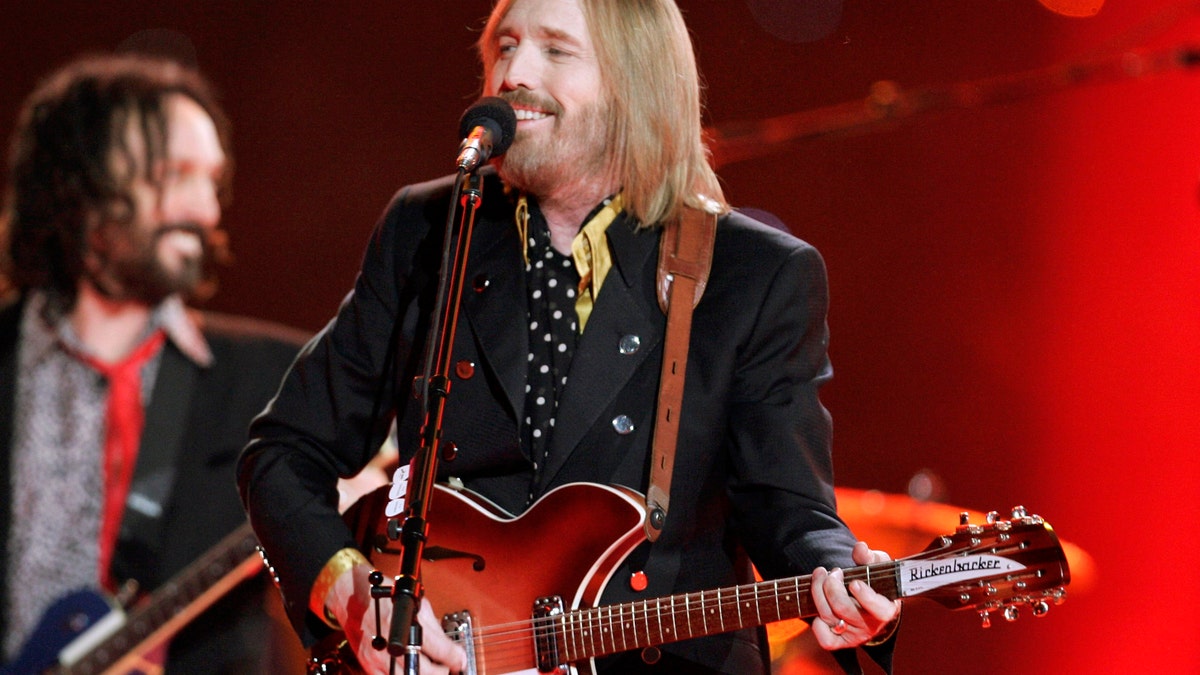
Singer Tom Petty and the Heartbreakers perform during the halftime show of the NFL's Super Bowl game between the New England Patriots and the New York Giants in Glendale, Arizona, February 3, 2008. (Reuters)
“Tom Petty’s input for the film was much needed and appreciated because he was a teenager during the time of this music and a fan,” Dylan, who serves as the film’s executive producer, told Fox News. “We spoke to people who were there, and we spoke to people like my generation, who have gone back and researched and listened. It was really important to have somebody like Tom Petty, who was hugely influenced by the music as a teenager. And he was kind enough to share those stories with us.”
Long-time music manager and label executive Andrew Slater, who directed “Echo in the Canyon,” revealed that exploring one of music’s most magical eras was a no-brainer. Slater said the two men were inspired by Jacques Demy’s 1967 film “Model Shop” about a young man named George Matthews (Gary Lockwood) who is having a bittersweet affair with a French divorcee in California.
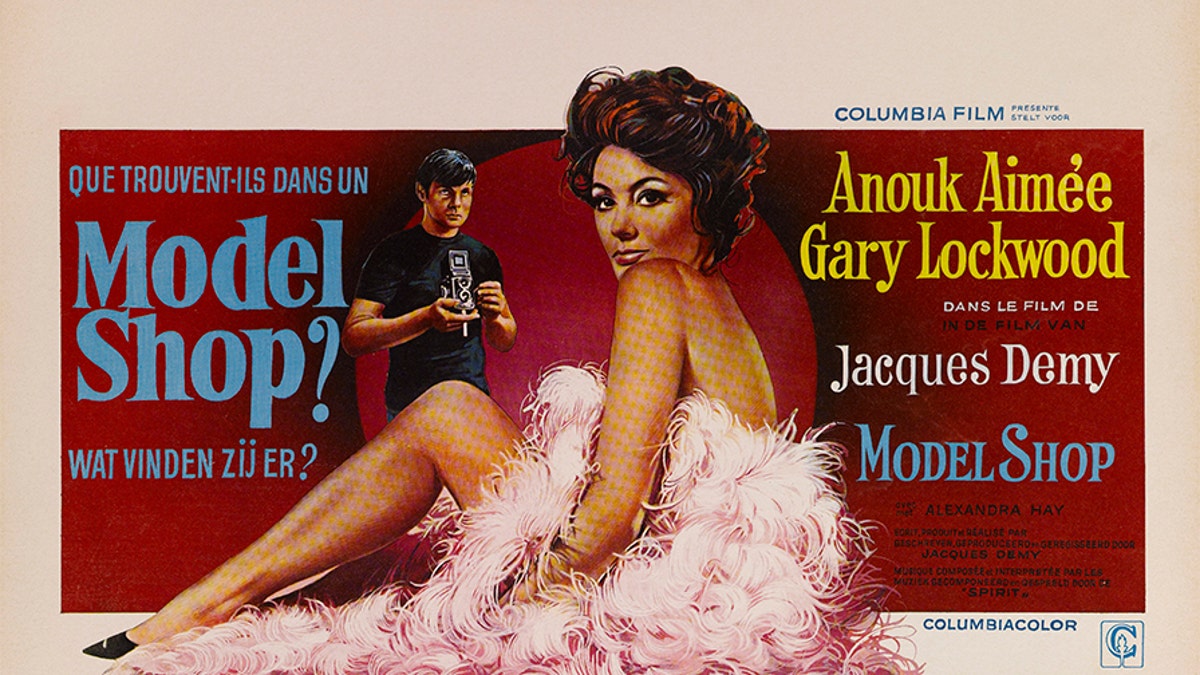
A poster for Jacques Demy's 1969 drama "Model Shop" starring Anouk Aimée and Gary Lockwood. (Photo by Movie Poster Image Art/Getty Images)
“It showed us the city we live in at a time when things were very innocent and beautiful,” Slater explained. “And it reminded us of a period of music, which was actually a little before the film was shot. So we decided to go back. As we looked at the music from that period, the beginnings of California folk-rock, we started to look at the songs. And the songs led us to the stories of the bands, and the bands led us to the people... to sort of tell us about how life was, where they lived in Laurel Canyon and why they wrote those songs.”

Jakob Dylan performs during the 2018 LA Film Festival opening night premiere of "Echo In The Canyon" at John Anson Ford Amphitheatre on September 20, 2018, in Hollywood, California. (Photo by Matt Winkelmeyer/Getty Images for Film Independent)
Viewers will notice that Dylan’s father, fellow singer-songwriter Bob Dylan, is not in the documentary and was only mentioned once. Over the years, the folk icon’s son has fiercely protected his family history and has previously admitted to feeling uncomfortable being frequently asked about the famous patriarch. Bob, 78, is also notoriously private and rarely gives interviews, especially on-camera.
The Wallflowers frontman did share that over the years, the signature sound of Laurel Canyon has inspired him as an artist.
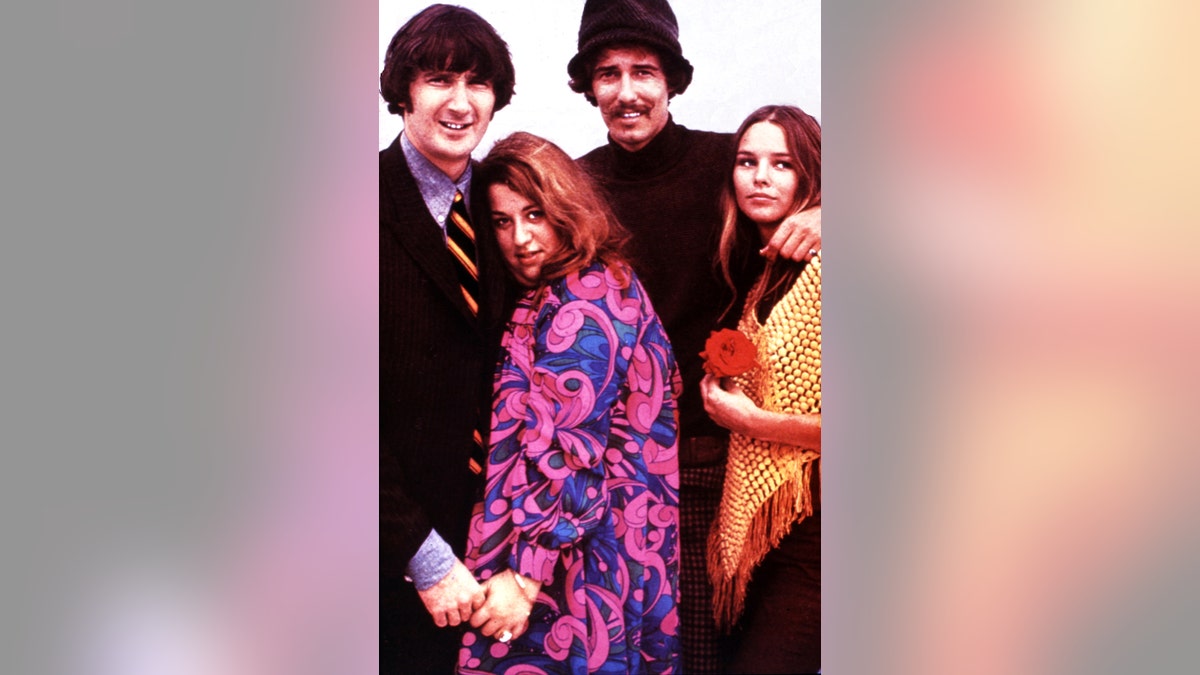
The Mamas and the Papas: L-R John Phillips, Mama Cass Elliot, Denny Doherty and Michelle Phillips (Photo by GAB Archive/Redferns)
“The songwriters from Laurel Canyon have been inspiring,” he said. “You know, even for people who aren’t aware that they’re a fan of Laurel Canyon, they are a fan of those bands and those songs, whether it’s The Byrds or Mamas and Papas. We grew up knowing those songs, and then it’s my nature to look into things, if I’m interested in them, a little bit further. So if you do look into it further and you’re interested, you’ll find out there is a tremendous scene in Laurel Canyon that we hopefully made a decent movie about, that reflects that. I was always aware of that music and of the songwriters. I always like the songwriters.”
Slater said he was fascinated by how these iconic musicians easily found inspiration in a dreamy utopia where community and songwriting thrived.
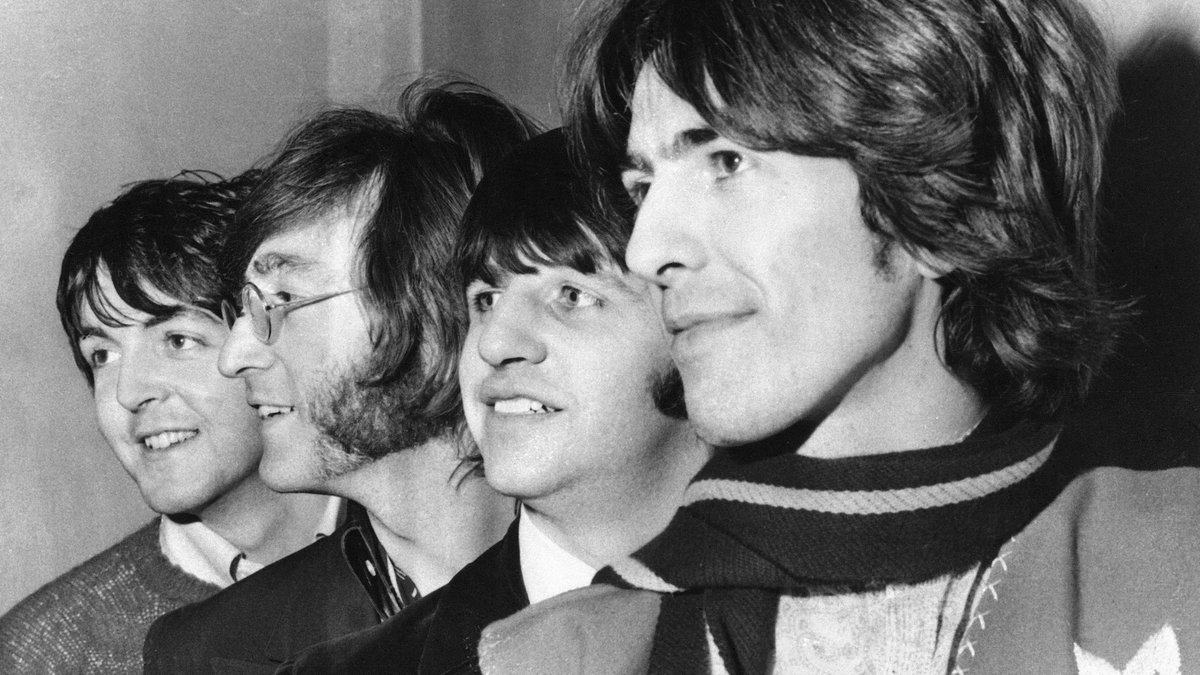
This Feb. 28, 1968 file photo shows The Beatles, from left: Paul McCartney, John Lennon, Ringo Starr and George Harrison. (AP)
KISS SINGER PAUL STANLEY TELLS ALL
“You know, the film is more about the echo than it is about the Canyon,” he said. “The Canyon is where people lived, but it’s really about the exchange of ideas between all of these artists. And in the film, you learn that Roger McGuinn saw The Beatles. He picked up the Rickenbacker 12 string, and he electrifies folk music by changing the arrangement of ‘Bells of Rhymney’ by Pete Seeger and ‘Turn, Turn, Turn.’ And then George Harrison hears that and he writes ‘If I Needed Someone,’ which goes on ‘Rubber Soul.’ Brian Wilson hears that, and he writes ‘Pet Sounds.’ And then The Beatles hear ‘Pet Sounds,’ and they do ‘Sgt. Pepper.’”
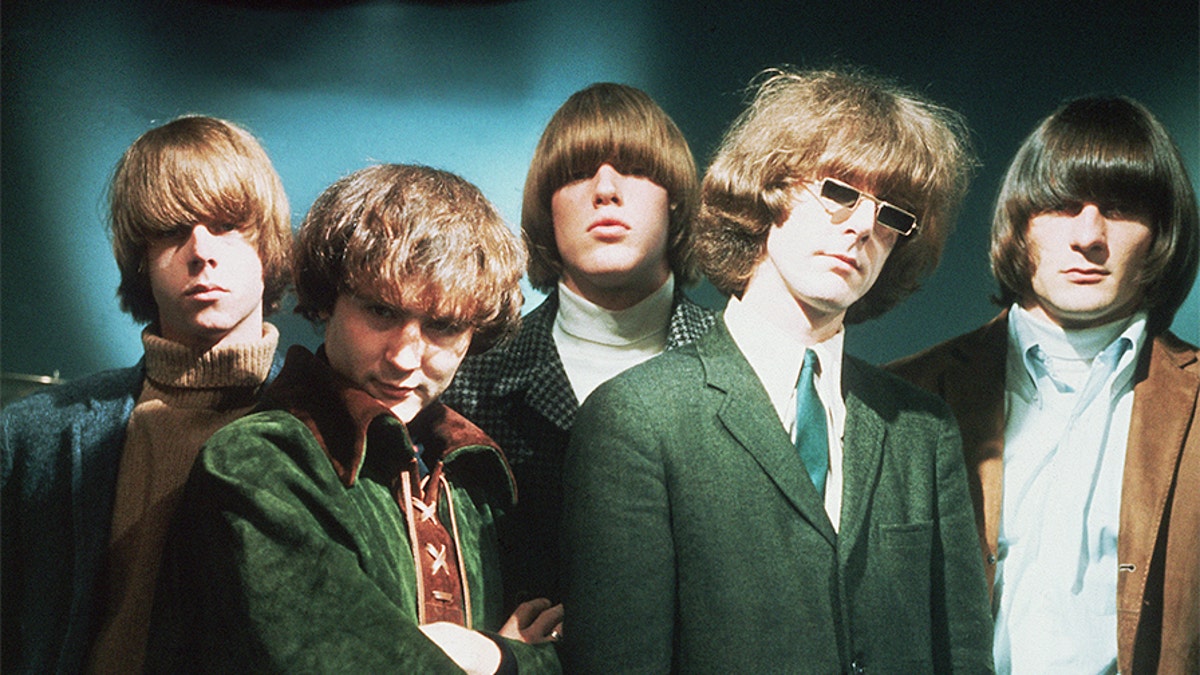
The Byrds, from left: Chris Hillman; Dave Crosby; Mike Clark; Jim McGuinn; and Gene Clark. (Photo by © Hulton-Deutsch Collection/CORBIS/Corbis via Getty Images)
“I think a number of people in the film mentioned its proximity to the Sunset Strip, but they’re also in the wilderness,” chimed Dylan. “I mean, literally, you’d be down the hill less than 10 minutes. But it gave them a feeling of being in the mountainous area, with nature, but then they can go right to the clubs in the evening to play… I think it was a community of artists that were able to see each other on foot and had a big part of it.”
Will music ever experience another similar Renaissance again? Slater insisted it’s actually happening now.
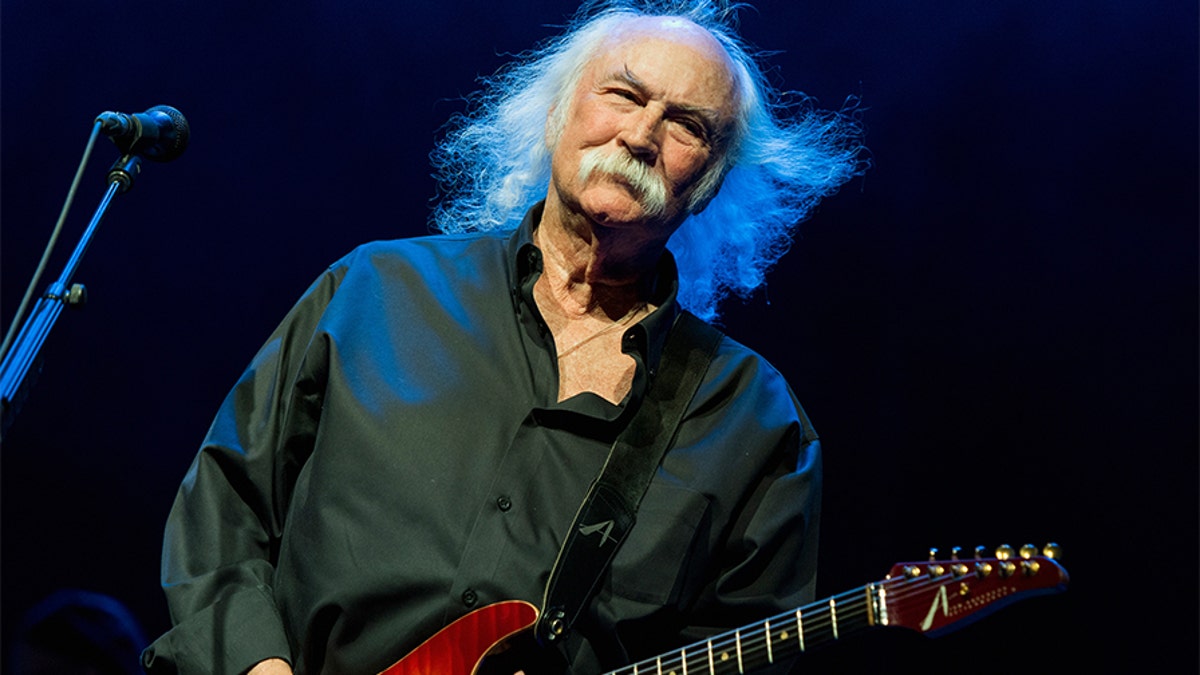
David Crosby performs onstage at The Greek Theatre on October 4, 2014, in Los Angeles, California. (Photo by Paul R. Giunta/Getty Images)
“It’s happening in different places,” said Slater. “… In Echo Park, Silver Lake and Eagle Rock, there’s music being made and artists creating. And I think the spirit of community in Laurel Canyon if you can say that, exists in every major city in America. You just have to find it.”
Dylan said he hopes the “Echo in the Canyon” will introduce its soundtrack to young viewers discovering it for the first time — the same songs that continue to inspire him.
“I think it’d be nice for that scene and those people to have a definitive piece of film that tells the story the way they wanted to tell it,” said Dylan. “… That is what we let everybody do… This is just them reminiscing to some degree and telling us some of those stories. I guess if younger people, who might not find that music on their own because radio has changed so much and it’s harder to find music — if they get exposed to it, I think that’d be terrific.”
“Echo in the Canyon” is currently in theaters.






